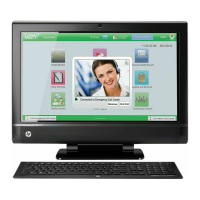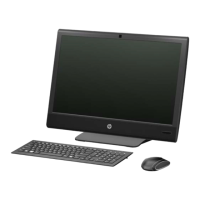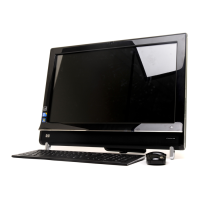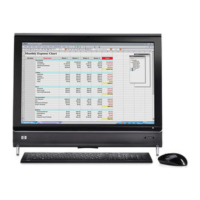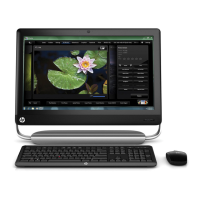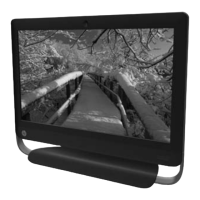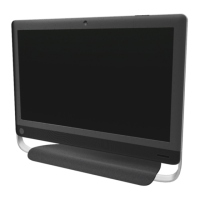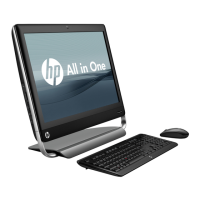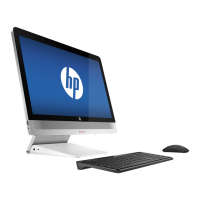Your discs may be rejected if they are not defect-free. You will be prompted to insert a new blank disc
to try again. It is normal that some of your discs may be rejected.
The number of discs in the recovery disc set depends on your computer model (typically 1–3 DVD
discs). The Recovery Disc Creator program tells you the specific number of blank discs needed to make
the set.
The process takes some time to verify that the information written on the disc is correct. You can quit the
process at any time. The next time you run the program, it resumes where it left off.
To create recovery discs:
1. Close all open programs.
2.
Tap the Start button, All Programs, Recovery Manager, and then tap Recovery Disc
Creation. If prompted, tap Yes to allow the program to continue.
3. Follow the on-screen instructions. Label each disc as you make it (for example, Recovery 1,
Recovery 2).
4. Store the Recovery discs in a safe place.
System Recovery Options
You should attempt system recovery in the following order:
1. Through the hard disk drive, from the Windows 7 Start menu.
2. Through the hard disk drive, by pressing the F11 key on the keyboard during system startup.
3. Through recovery discs that you create.
4. Through recovery discs purchased from HP Support. To purchase recovery discs, go to
http://www.hp.com/support and visit the Software & Driver downloads page for your computer
model.
System recovery from the Windows 7 Start menu
If the computer is working, and Windows 7 is responding, use these steps to perform a system
recovery.
NOTE: System Recovery deletes any data or programs that you created or installed after purchase.
Therefore, ensure you have backed up to a removable disc any data that you want to keep.
1.
Turn off the computer.
2. Disconnect all peripheral devices from the computer, except the monitor, keyboard, and mouse.
3. Turn on the computer.
4. Tap the Start button, All Programs, Recovery Manager, and then tap Recovery
Manager. If prompted, tap Yes to allow the program to continue.
5.
Under I need help immediately, tap System Recovery.
64 Chapter 7 System Recovery
